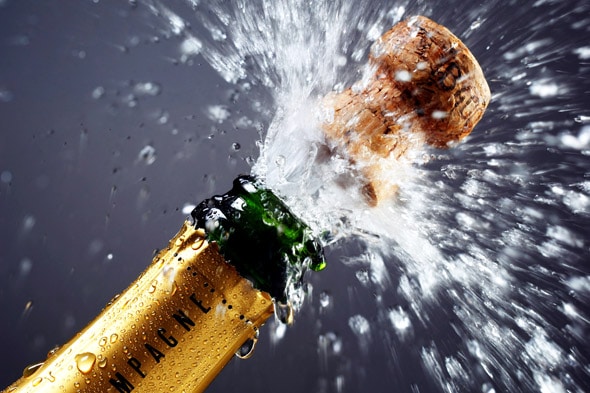Blog
This is your blog page, add intro text before through the content management tools or add blog posts through the blogging tools:
Champage and Cava: similitudes and differences.
|

|
|||||||||||||
This is your blog page, add intro text before through the content management tools or add blog posts through the blogging tools:
|

|
|||||||||||||